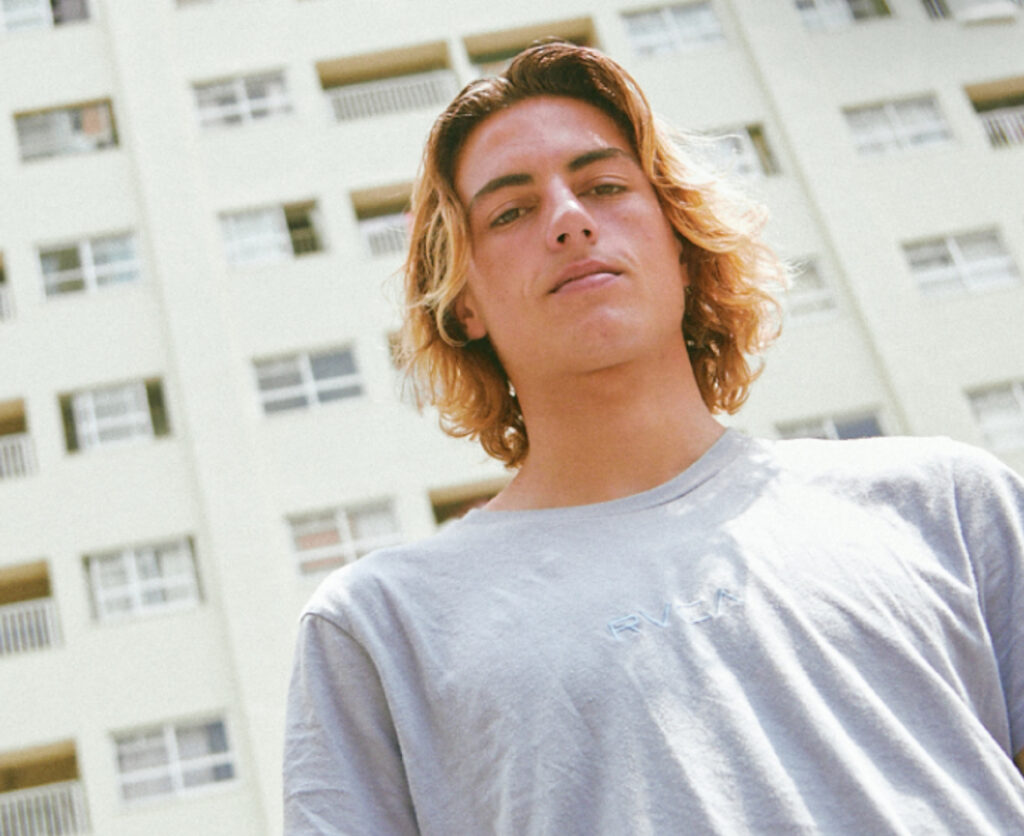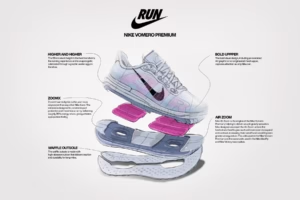There’s a certain cadence to Curren Caples’ skating. It’s not just style—it’s rhythm. You can watch a whole line unfold and never once feel like he’s forcing anything. Every flick, every carve, every hit flows like it was meant to happen. But don’t confuse ease with ease. That kind of control takes pain. And patience. And a mindset most skaters never reach.
His latest part for Vans is proof.
At first glance, it’s just another heavy part from a veteran pro. Solid spots. Clean execution. High-speed everything. But take a second look—and then a third—and you start to see the deeper story. This isn’t just another video part. It’s a document of refinement. A process piece. And a quiet statement from a skater who’s been in the spotlight long enough to know what really matters.
More Than a Surf-Skater
For years, Curren carried the label of “surf-style skater”—a nod to his coastal Ventura roots and the fluidity in his lines. It was meant as a compliment, but it often came with an edge: as if he was all style, no substance. That’s never been true.
Caples has always had the skill. He won X Games medals before he was old enough to vote. He handled contests, bowls, and streets with the same energy. But what this Vans part shows is something deeper: his skating isn’t just stylish—it’s surgical.
Every spot here feels like it was chosen, not stumbled on. There’s precision in the chaos. And when the speed cranks up—and it does, often—it’s still under control. That’s where Curren separates himself. He doesn’t just ride out sketchy landings. He makes them look deliberate.
The Filming: Raw and Real
The edit doesn’t try to be flashy. There’s no overproduction. No cinematic fluff. It’s filmed the way great skate parts should be filmed—focused on the skating, not the spectacle.
You see slams. You see repetition. You see that it wasn’t easy.
This part works because it lets the footage breathe. The filmer gives space. The sound of urethane on concrete, the click of trucks on ledges, the deep exhale after rolling away—none of it’s drowned out. That texture matters. It gives the viewer a seat at the spot. And it reminds you that, smooth as Curren may look, none of this came without serious work.
There are clips where you see frustration—spots that pushed back, days that didn’t go right. But those moments make the makes feel better. Earned. Respected.
Speed as a Statement
Let’s talk speed. Curren doesn’t just skate fast. He commits at speed. There’s a difference.
Skating fast is scary. Every push narrows your margin for error. It makes everything—every nollie flip, every nosegrind pop-out, every transition transfer—carry more weight. There’s no safety net. But Curren doesn’t flinch. If anything, he leans into it.
His speed isn’t reckless—it’s calculated. And that’s what makes it beautiful. When he flies through a line at a clip most people would cruise, he’s not just showing off. He’s speaking a language most skaters barely understand. It’s confidence. It’s timing. It’s trust in your board.
Few skaters in the game can make that look smooth. Curren makes it look second nature.
The Process: Time, Travel, and Repetition
This wasn’t a part filmed in two weeks. It’s clearly the result of time—months spent traveling, checking spots, battling tricks, scrapping lines, going back. That’s what makes it real. No filler. No vacation clips. Just work.
In behind-the-scenes footage, you see the grind. Repeated tries on the same trick, hours on the same ledge, broken boards, bruised shins. There’s one line—fast roll-up, kickflip back tail, quick push into a banked ledge—that took half a day. It looks effortless in the final cut. But the process was brutal.
That’s the thing: Curren doesn’t rely on “one and done.” He’s willing to fight for a clip if it’s worth it. He’s not in a rush. Not chasing deadlines. He’s building something.
Spot Selection: High-Impact Simplicity
Curren’s spot selection leans toward simplicity—with a twist. He’s not hunting out kinked rails or roof gaps just to check boxes. He’s looking for canvas. Something with a line. Something that flows.
But even the “easy” spots get flipped. A mellow ledge becomes a switch line with a fast approach. A ditch becomes a catapult. A tight bank gets attacked at Mach 10.
His approach feels architectural. It’s not about what the spot is—it’s about what it could be. That’s what makes it feel elevated. And personal.
The Ender
You’ll know it when you see it. It’s fast, it’s long, it’s borderline impossible—and it’s not just a banger. It’s a statement.
It feels like a final answer to anyone who ever doubted Curren’s place in street skating. It shuts down every lazy label he’s ever been handed. And it ends the part not with a bang, but with a stamp. A final note that says: yeah, I earned this one.
The Takeaway: Curren’s In His Own Lane
This Vans part doesn’t try to be a game-changer. It doesn’t chase virality. It’s not about setting records or making noise. It’s about execution.
It’s a reminder that style isn’t just how you look—it’s how you land. How you move. How you make decisions. And Curren’s style, as always, is locked-in.
What this part proves—quietly, firmly—is that Curren Caples is a master of controlled chaos. He brings speed and finesse to spots that don’t ask for it, and he makes it all feel seamless.
But beneath the surface, there’s grit. Hours of repetition. A process most people never see. And that’s what makes it real. That’s what makes it skateboarding.
No comments yet.







